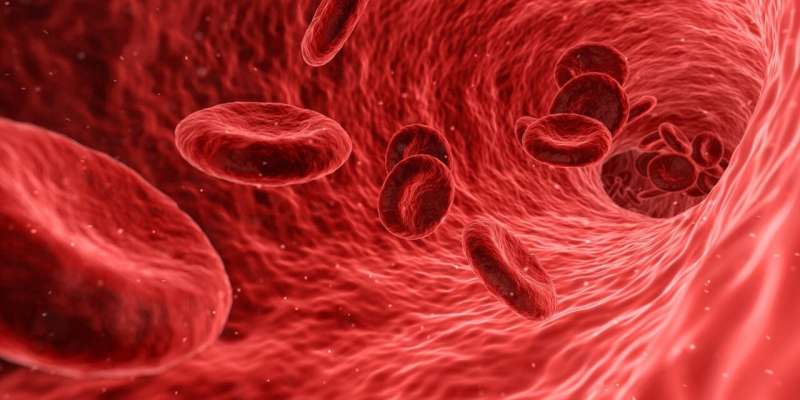Innovative Soft Robots Target Kidney Stones for Minimally Invasive Treatment

Scientists have developed soft, magnetically-guided robots that can dissolve kidney stones from within the urinary tract, promising a faster and less invasive treatment option. This innovative technology could reduce reliance on surgery and improve patient outcomes.
Researchers from the University of Waterloo have developed groundbreaking soft robotic technology aimed at treating painful kidney stones directly within the urinary tract. The innovative approach employs tiny, flexible robots made of spaghetti-like strips embedded with magnets, which can be precisely navigated into position near kidney stones using a robotic arm controlled by doctors. Once positioned, these robots carry an enzyme called urease, which reduces the acidity around the stones and gradually dissolves them. This process can significantly shorten the time needed for stone removal, often eliminating the need for surgical procedures.
This method was tested successfully in a life-sized 3D-printed model, demonstrating its potential for clinical application. The robotic strips, approximately a centimeter long, are designed to be minimally invasive, allowing for deployment via catheter into the bladder or ureter. Once in place, the activation of urease accelerates stone dissolution, enabling patients to pass smaller fragments naturally within days.
Currently, treatment options for kidney stones include pain management, oral dissolving medications, or invasive surgery when blockages occur. However, these methods can be slow, uncomfortable, and carry risks. The new soft robotic system offers a promising alternative, especially for patients who are prone to recurring stones or who cannot tolerate medication or surgery due to health risks.
Ultrasound imaging guides the precise placement and manipulation of the robots inside the bladder, with ongoing development focusing on refining control systems and improving real-time imaging. Future studies involve testing on larger animals and further engineering advancements to enhance accuracy and safety.
The international team also includes experts from Spain and Germany, highlighting the collaborative nature of this innovative project. The research, published in
Advanced Healthcare Materials, aims to revolutionize kidney stone treatment by providing a minimally invasive, effective, and faster therapeutic option.
Source: Medical Xpress
Stay Updated with Mia's Feed
Get the latest health & wellness insights delivered straight to your inbox.
Related Articles
Genetic Subtypes of T-Follicular Helper Lymphoma Influence Patient Outcomes
Recent research uncovers distinct genetic subtypes of T-follicular helper lymphoma that are associated with different patient outcomes, paving the way for targeted treatments and improved prognosis.
Novo Nordisk Acquires US BioTech Leader Akero for $4.7 Billion to Advance Metabolic Disease Treatments
Novo Nordisk has acquired US biotech firm Akero Therapeutics for $4.7 billion, aiming to develop groundbreaking treatments for metabolic diseases like fatty liver and obesity. The deal emphasizes innovation in managing liver damage and expanding therapies for millions worldwide.
Why Flossing is Essential for Children's Dental Health—even with Baby Teeth
Learn why flossing your child's baby teeth is vital for their oral health, development, and preventing future dental issues, with expert tips on establishing effective routines.



